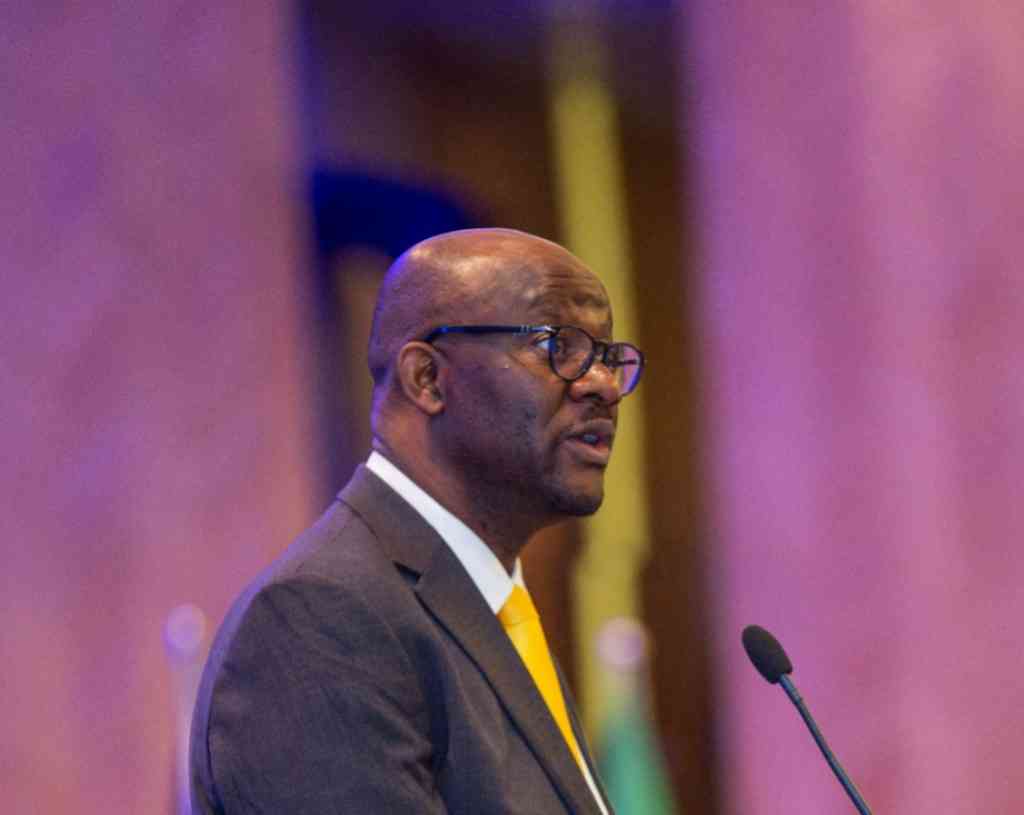
WASHINGTON — Tom Enders just couldn’t resist the swipe at the competition.
It was June 2011, and the chief executive officer of Airbus SE was on a stage at the Paris air show after the planemaker won in a matter of days an unprecedented 600 orders for its upgraded A320neo airliner, while Boeing Co stood on the sidelines.
“If our colleagues in Seattle still maintain we’re only catching up with their 737, I must ask myself what these guys are smoking,” Enders blurted out, to the general amusement of the audience, while Boeing representatives at the back of the room looked on.
Boeing had wavered on its decision whether to follow Airbus’s lead and re-engine the 737 or go with an all-new aircraft. Customers were willing to wait for “something more revolutionary,” as Jim Albaugh, at the time Boeing’s head of commercial aircraft, said then.
But the European manufacturer’s blow-out success with the A320neo, essentially a re-engined version of its popular narrow-body family, would soon force Boeing’s hand.
As the A320neo became the fastest-selling plane in civil aviation history as Airbus picked off loyal Boeing customers like American Airlines Group Inc, the United States company ditched the pursuit of an all-new jet and responded in July 2011 with its own redesign, the 737 Max.
“The programme was launched in a panic,” said Sash Tusa, an analyst at Agency Partners, an equity research firm in London. “What frightened Boeing most of all was losing their biggest and most important customer. American Airlines was the catalyst.”
It turned out that Chicago-based Boeing wasn’t too late to the party in the end: While the Max didn’t quite replicate the neo’s order book, it did become the company’s fastest seller as airlines scrambled to cut their fuel bills with new engines that promised savings of 20 percent or more. All told, the Max raked in about 5,000 orders, keeping the playing field fairly level in the global duopoly between Airbus and Boeing.
- Chamisa under fire over US$120K donation
- Mavhunga puts DeMbare into Chibuku quarterfinals
- Pension funds bet on Cabora Bassa oilfields
- Councils defy govt fire tender directive
Keep Reading
Now the 737 Max is grounded globally, after two almost factory-fresh jets crashed in rapid succession. As a result, the repercussions of Boeing’s response to Airbus’s incursion are under the microscope. Getting particular scrutiny are the use of more powerful, fuel-saving engines and automated tools to help pilots control the aircraft.
After the grounding, Boeing said that it “continues to have full confidence in the safety of the 737 Max, and that it was supporting the decision to idle the jets “out of an abundance of caution.” The company declined to comment beyond its public statements.
In late October, a plane operated by Lion Air went down minutes after taking off in Jakarta, killing all 189 people on board. Then on March 10, another 737 Max crashed, this time in Ethiopia en route to Kenya. Again, none of the 157 people on board survived the impact.
There are other similarities that alarmed airlines and regulators and stirred public opinion, leading to the grounding of the 737 Max fleet of more than 350 planes. According to the Federal Aviation Administration, “the track of the Ethiopian Airlines flight was very close and behaved very similar to the Lion Air flight.”
After decades of steadily declining aircraft accidents, the question of how two identical new planes could simply fall out of the sky minutes after takeoff has led to intense scrutiny of the 737 Max’s systems.
Adding to the chorus in the wake of the crash was President Donald Trump, who lamented the complexities of modern aviation, suggesting that people in the cockpit needed to be more like nuclear physicists than pilots to command a jet packed with automated systems.
“Airplanes are becoming far too complex to fly. Pilots are no longer needed, but rather computer scientists from MIT,” the president said in the first of a pair of tweets on March 12, darkly warning that “complexity creates danger.”
Automation plays a limited role in the 737 Max. That’s because the aircraft still has essential analog design and layout features dating back to the 1960s, when it was conceived. It’s a far older concept than the A320, which came to market at the end of the 1980s and boasted innovations like fly-by-wire controls, which manipulate surfaces such as flaps and horizontal tail stabilizers with electrical impulses and transducers rather than heavier hydraulic links.
Upgrading the 737 to create the Max came with its own set of issues. For example, the 737 sits considerably lower to the ground, so fitting the bigger new engines under the wings was a structural challenge (even with the squished underbelly of the engine casing). In response, Boeing raised the front landing gear by a few inches, but this and the size of the engines can change the plane’s center of gravity and its lift in certain maneuvers.
Boeing’s technical wizardry for the 138- to 230-seat Max was a piece of software known as the Maneuvering Characteristics Augmentation System, or MCAS. It intervenes automatically when a single sensor indicates the aircraft may be approaching a stall. Some pilots complained, though, that training on the new system wasn’t sufficient and properly documented.
“The benefits of automation are great, but it requires a different level of discipline and training,’’ said Thomas Anthony, director of the Aviation Safety and Security Program at the University of Southern California. Pilots must make a conscious effort to monitor the plane’s behaviour. And reliance on automation means they will take back control only in the worst situations, he said.
With the Lion Air crash, data from the recovered flight recorders points to a battle in the cockpit between the software and the pilots who struggled in vain to keep control. The data showed that an errant sensor signalled the plane was in danger of stalling and prompted the MCAS to compensate by repeatedly initiating a dive. The pilots counteracted by flipping a switch several times to raise the nose manually, which temporarily disabled MCAS. The cycle repeated itself more than two dozen times before the plane entered its final deadly dive, according to the flight data.
With the flight and cockpit voice recorders of the Ethiopian plane now in France for analysis, the interaction between the MCAS system and the pilots will again be under close scrutiny, probably rekindling the broader debate about who or what is in control of the cockpit.
Bloomberg











